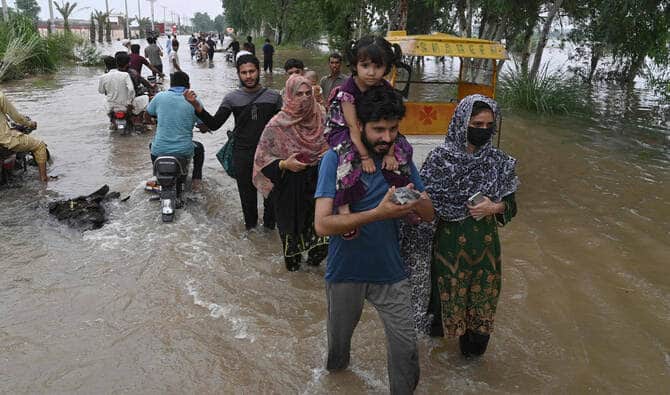Sindh is bracing for a large inflow of floodwater, which could reach up to one million cubic feet, as reported by the National Disaster Management Authority (NDMA). The situation is being closely monitored because such a high volume of water poses serious risks to communities living near rivers and barrages.
Chief Minister Murad Ali Shah has asked all authorities to stay alert. He explained that if the inflow crosses 900,000 cubic feet, it is officially declared a “super flood.” This level of flooding can damage infrastructure, affect thousands of families, and create widespread displacement.
To prepare, inspections have been carried out at Guddu and Sukkur Barrages to make sure they remain stable under heavy water pressure. Even then, the government has warned that breaches may occur at some vulnerable points.
To provide shelter and support, the provincial government has converted more than 1,000 schools in the Larkana region into temporary relief camps. These facilities are currently housing over 32,000 people who have been forced to leave their homes.
Families in the camps are receiving food, water, and basic supplies. At the same time, education officials are taking steps to protect school buildings and assets so that classes can resume once the crisis passes.
The authorities remain on high alert to handle any emergency that may arise. Their priority is to protect lives, provide relief to those displaced, and ensure that key structures like barrages and embankments can withstand the massive inflow of water.
Sindh continues to face a challenging situation, but the government is working to minimize risks and safeguard communities.


